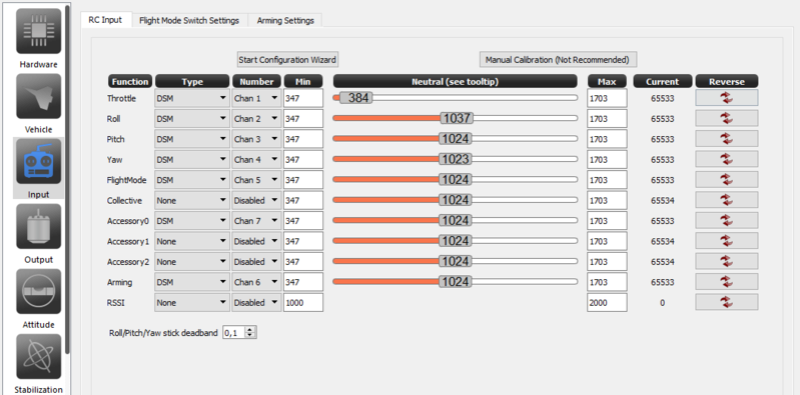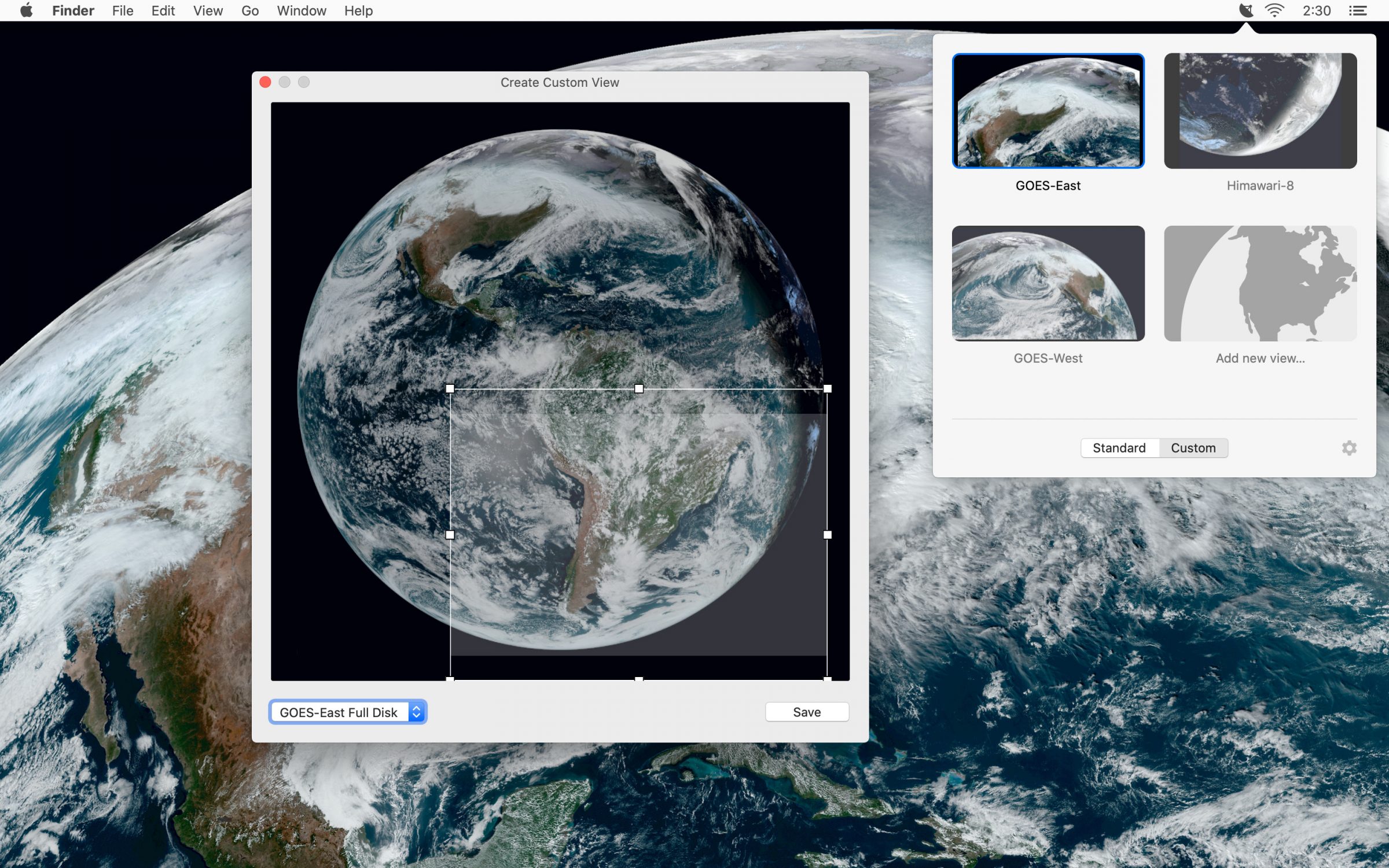

Although narrower spacing allows for more frequency re-use and higher effective bandwidth, it also increases the number of interferers and thus limits the use of the channel for the given allocated power. The allowable spacing between the beams that use the same frequency segment plays an important role in the co-channel interference calculations. Careful design of the antenna patterns in order to produce low side-lobe levels or nulls at the locations where the same channel is re-used will reduce the level of interference. The co-channel interference is primarily a function of the antenna side-lobe performance and the frequency re-use assumptions. In particular, it was shown that with judicious frequency and beam position assignments the system is capable of isolating intermodulation distortion to improve the overall communication link.


The reported BER measurements demonstrated the effectiveness of the active aperture, multiple beam phased arrays for communication purposes. In a multiple beam system, the intermodulation products may be directed away from the beam carrying traffic. The results of the measurements show that in a single beam system, or a non-active aperture antenna, operation in amplifier's non-linear region results in substantial intermodulation interference, which degrades the BER performance of the system. Broadband noise (500 MHz) was used to mimic the effect of transponder loading by large number of carriers. IF loop back establishes the response of the modem, while RF loop back bypasses the phased array antenna and measures the effects of the rest of the setup. IF and RF loop back measurements were used for calibration purposes.

The measurement results in the reported developments, cover a wide variety of scenarios for transmission loading, amplifier operating points and channel interference levels. In an active phased array system, the degradation or increase of the BER is a function of the intermodulation performance and on the communication channel loading in the system, as well as other sources of noise and interference. The bit-error ratio is one of the measures of quality in digital systems. In general, the far-field intermodulation performance will be dependent upon both the beam positions as well as the amplifier drive level. For this reason it is important to establish the non-linear far-field behavior of such antenna. As a result, far field carrier-to-intermodulation ratio characterization is a more challenging task for a multiple beam phased array. A multiple beam, active aperture phased array, on the other hand, produces intermodulation products whose radiation patterns are distinct from those of their originating carriers. As a result, the far field carrier-to- intermodulation ratio can be predicted by the antenna's power amplifier characteristics. This holds true for both active as well as passive apertures. The far field intermodulation product radiation pattern of a conventional single beam antenna matches that of its linear radiation pattern. Similar equations can be written for the 5 th and higher order intermodulation. λ is the direction vector of the beam., d is the element spacing in the array and θ and φ are the conventional spherical polar angles of the beam.


 0 kommentar(er)
0 kommentar(er)
